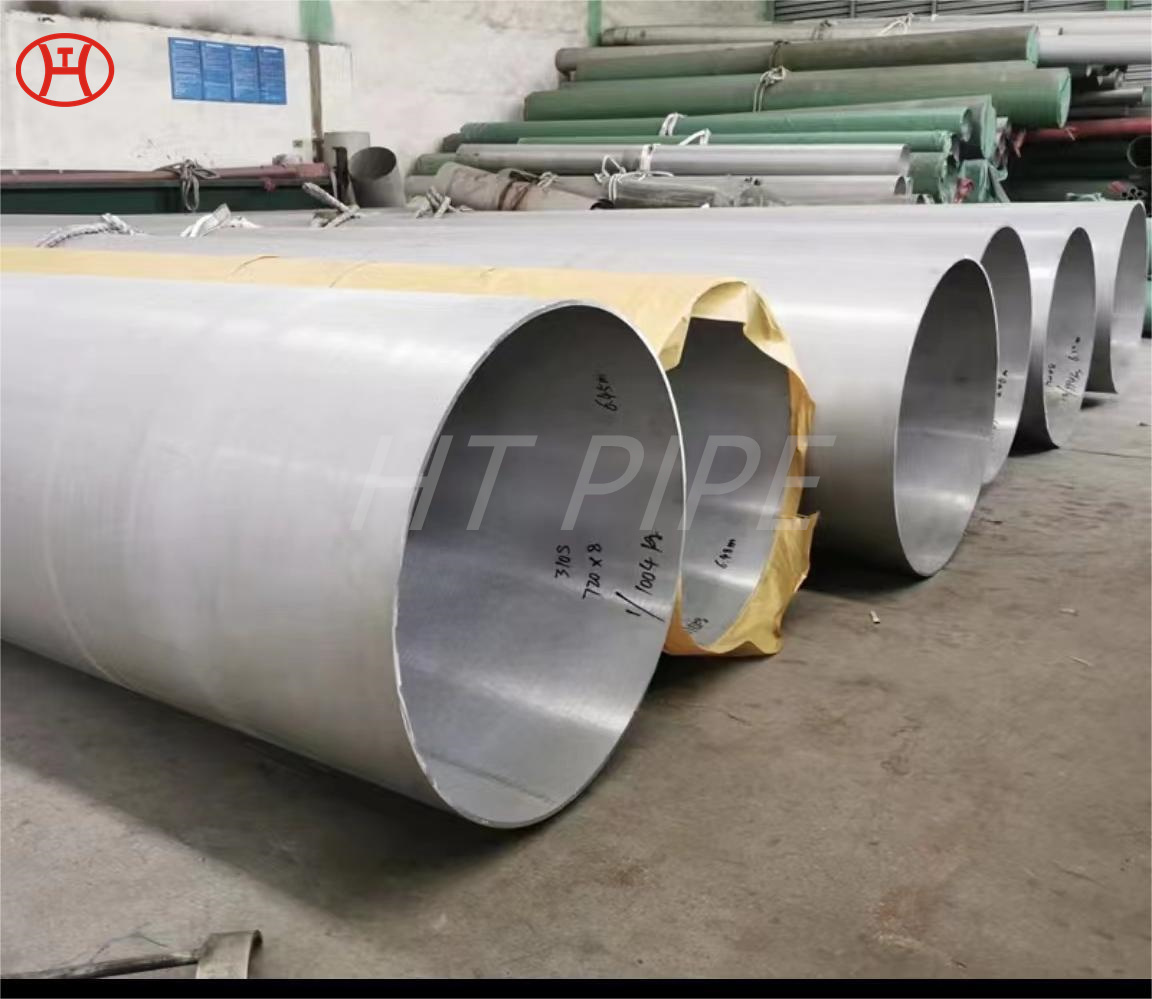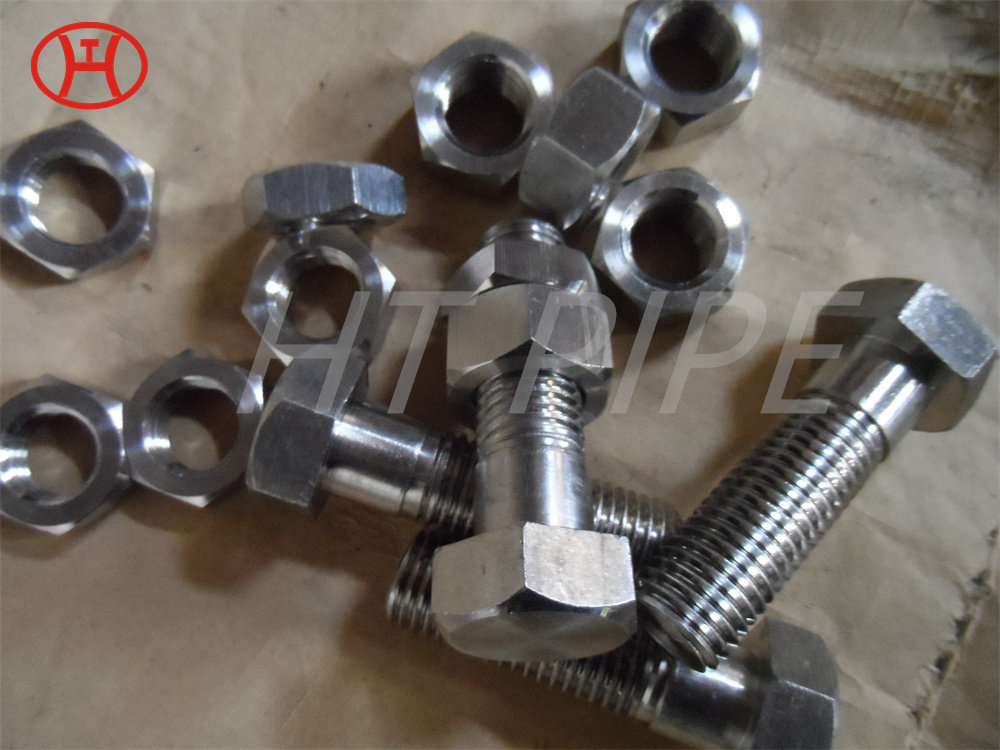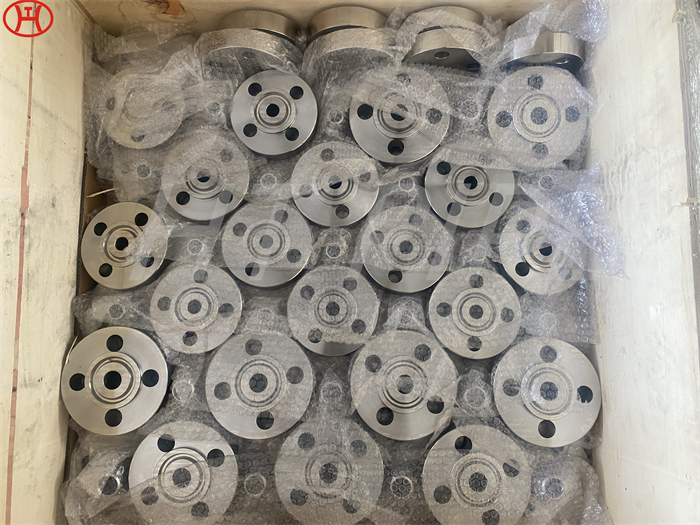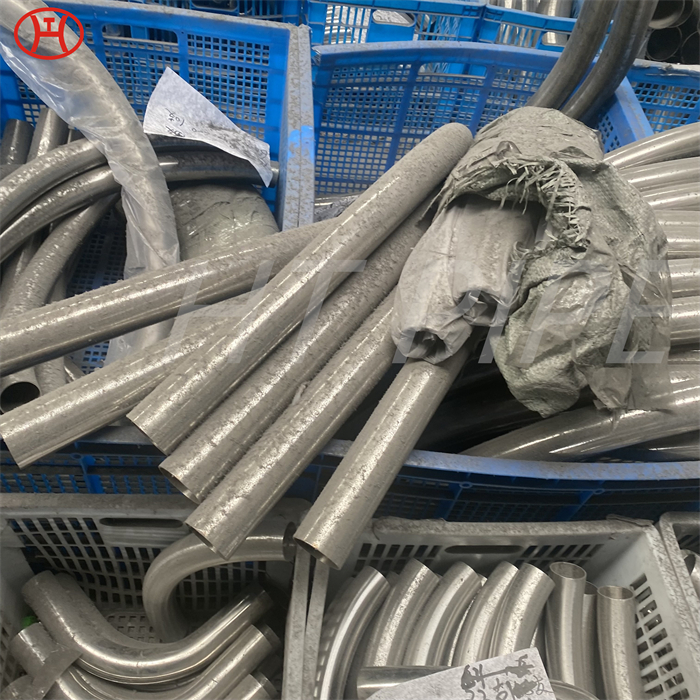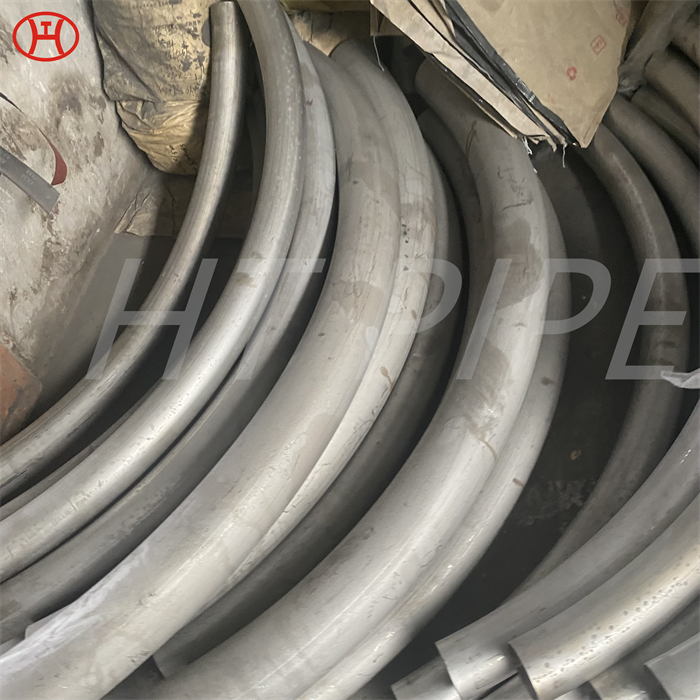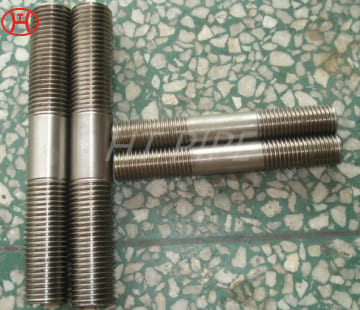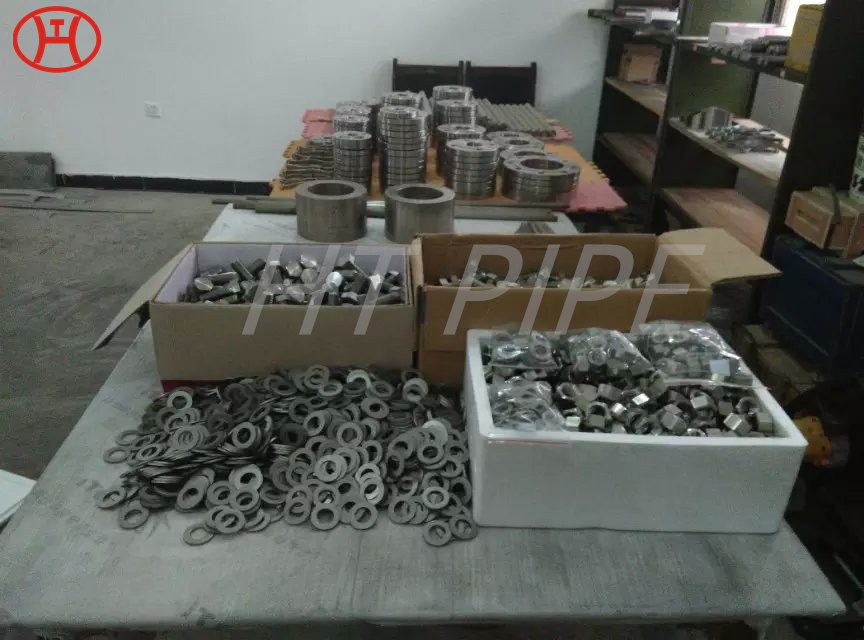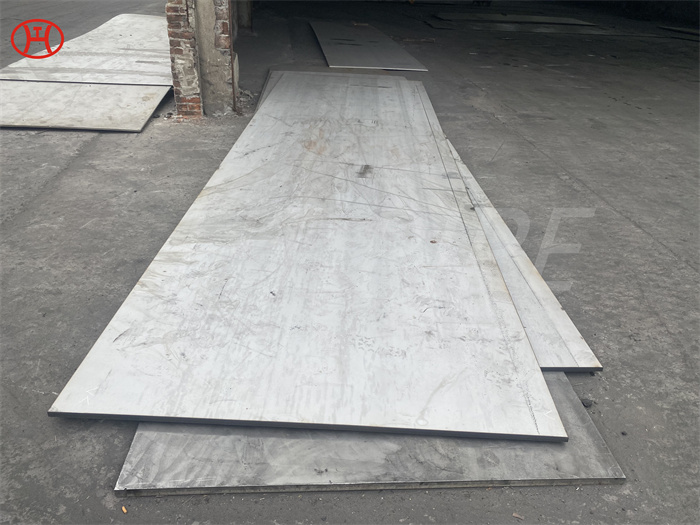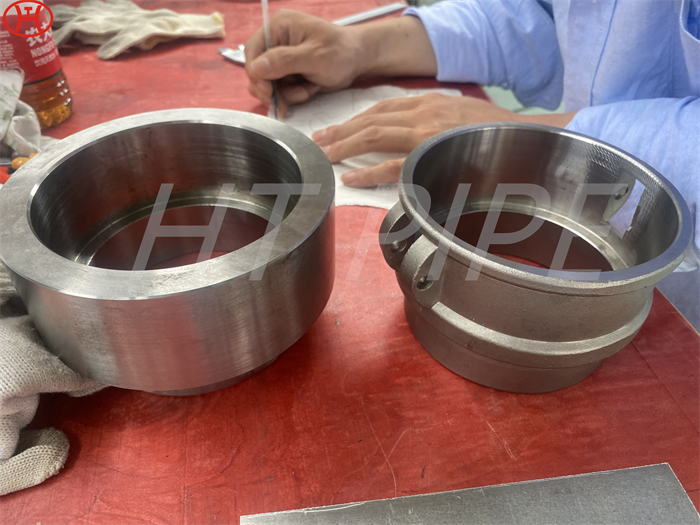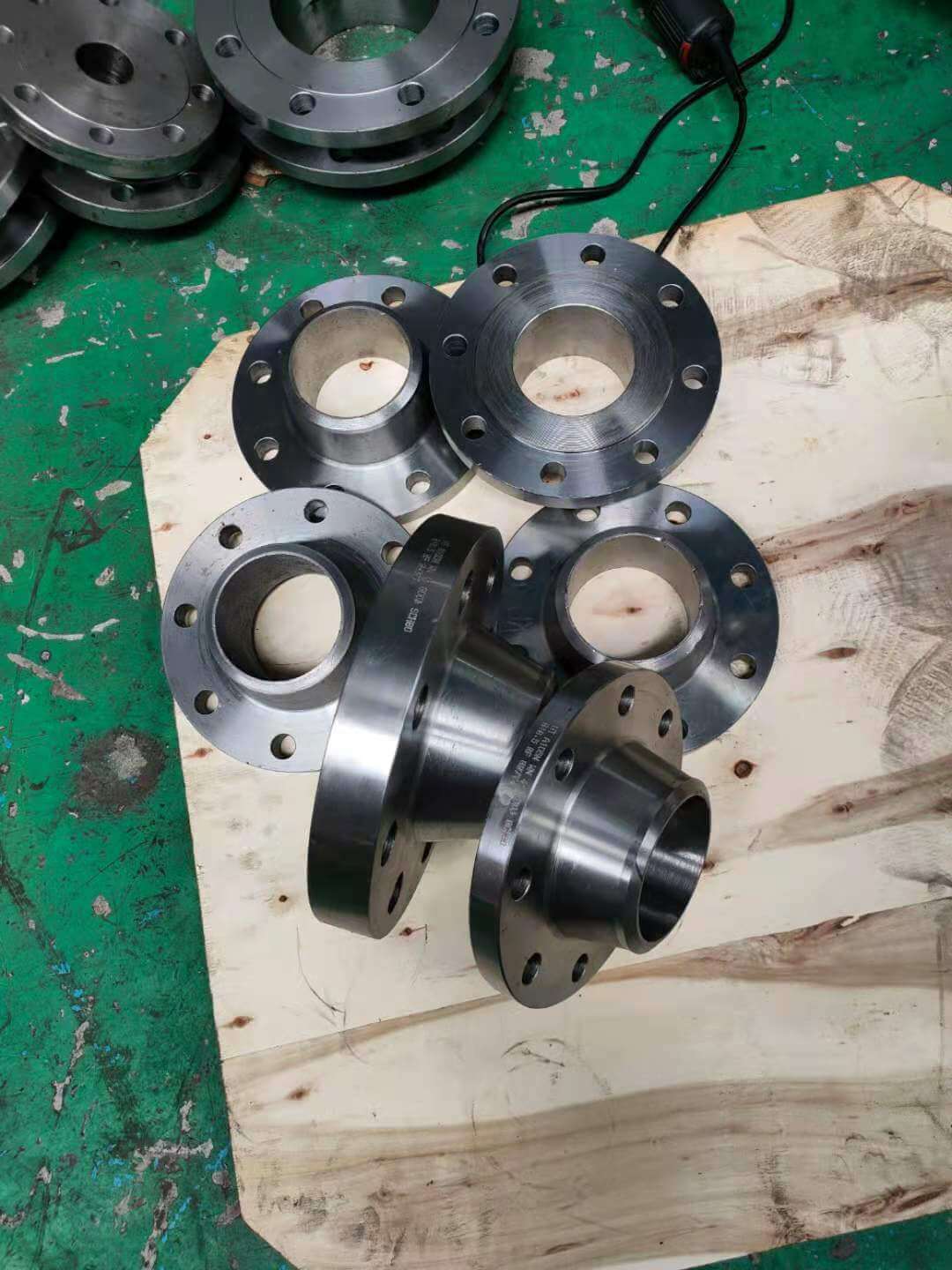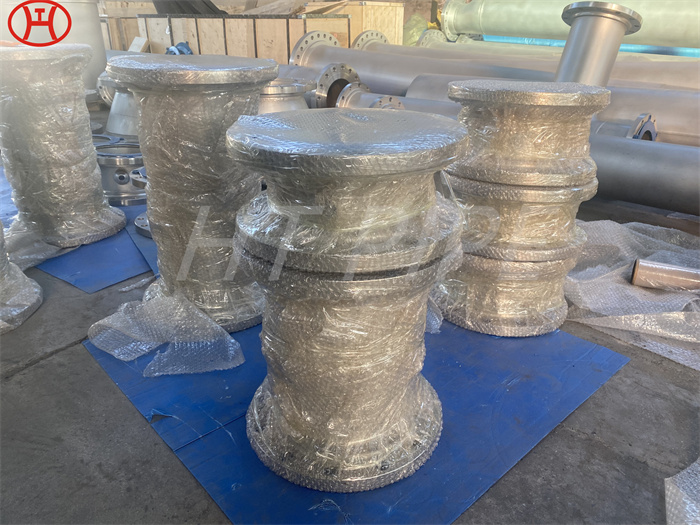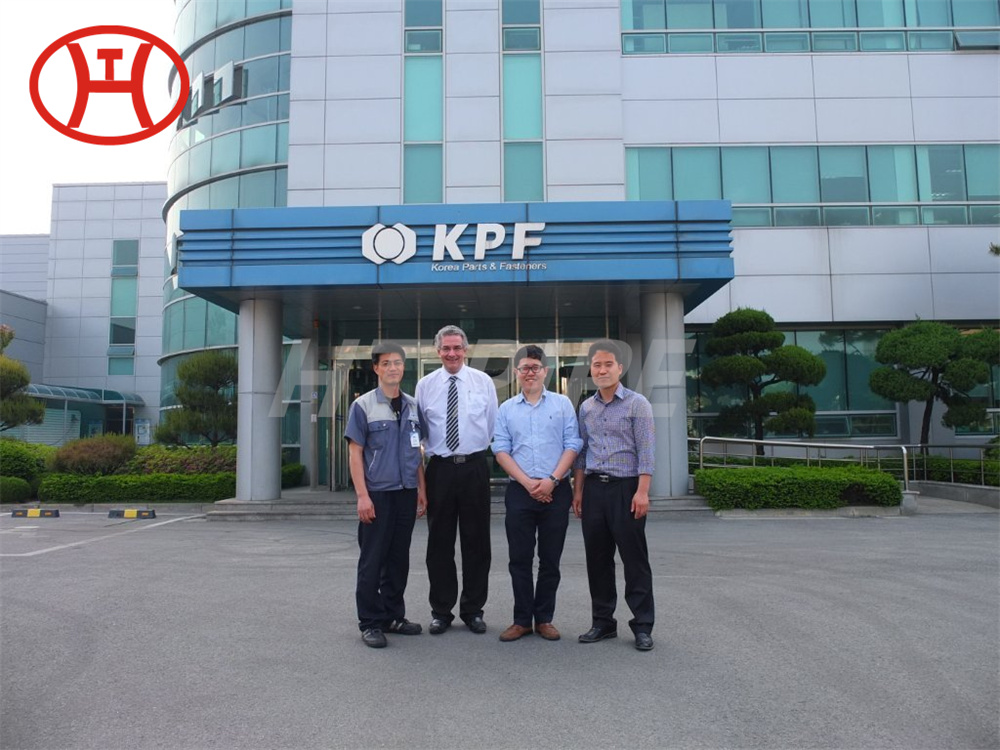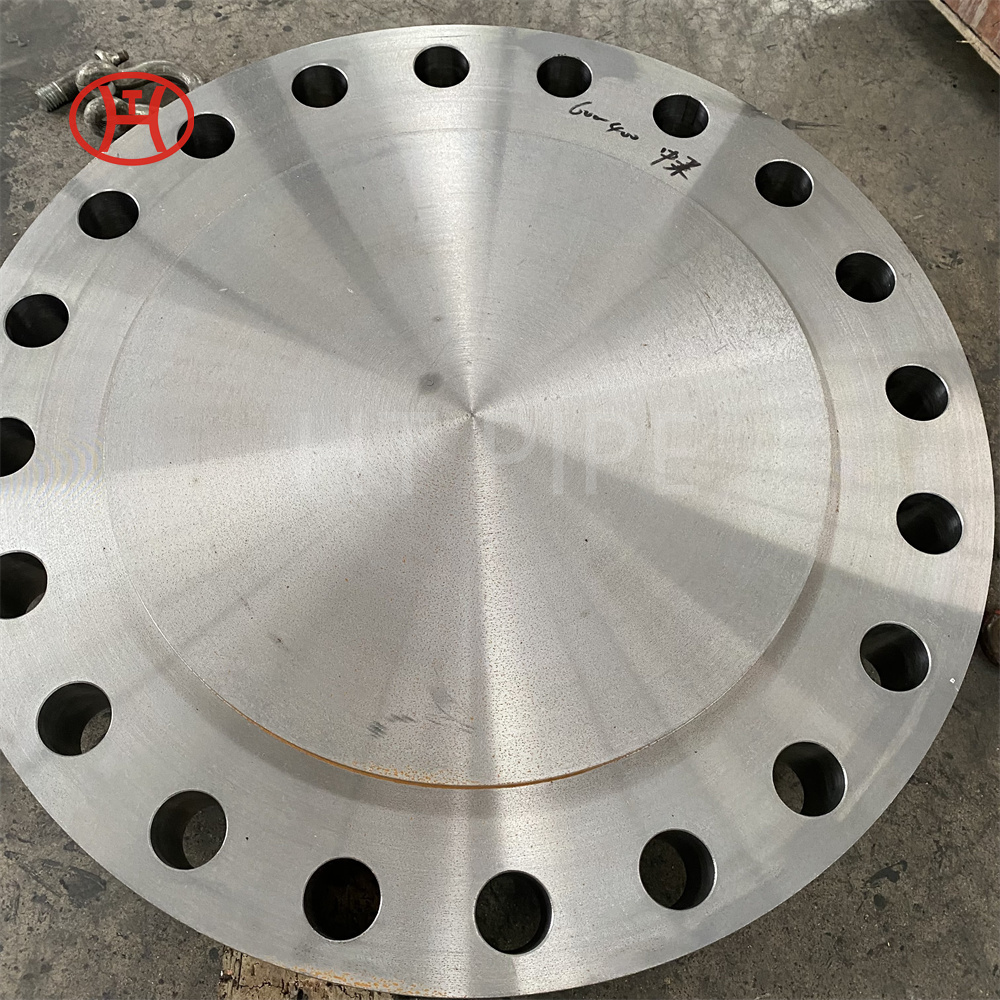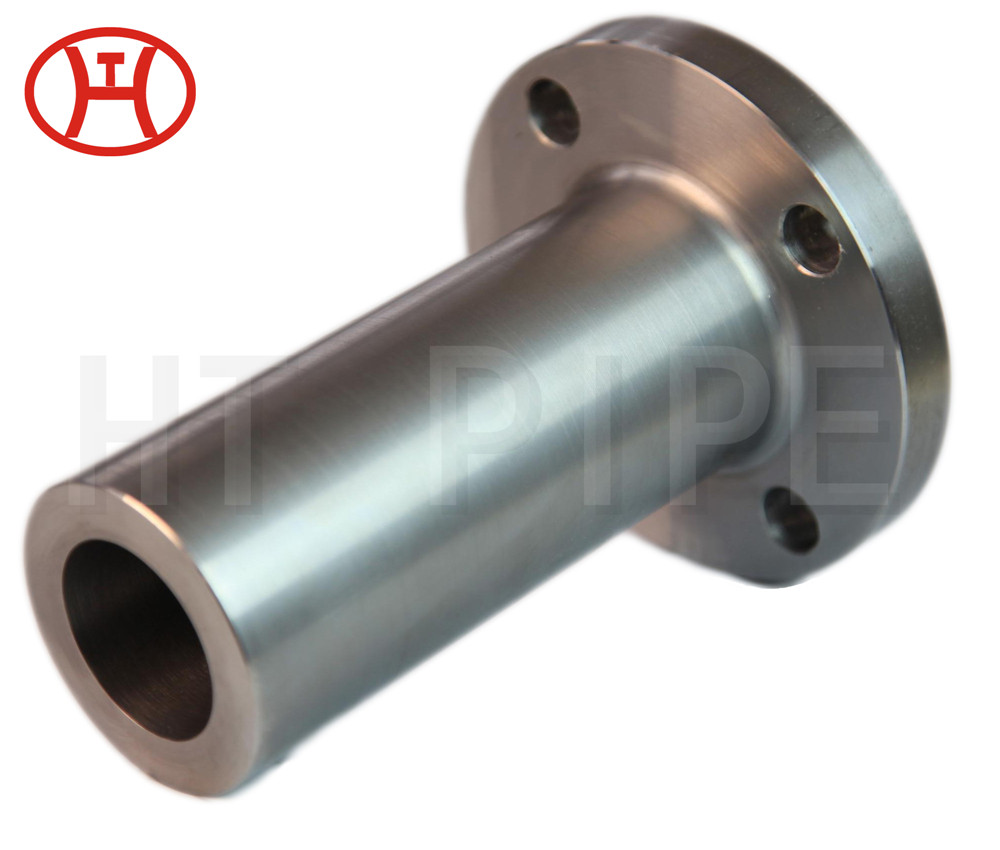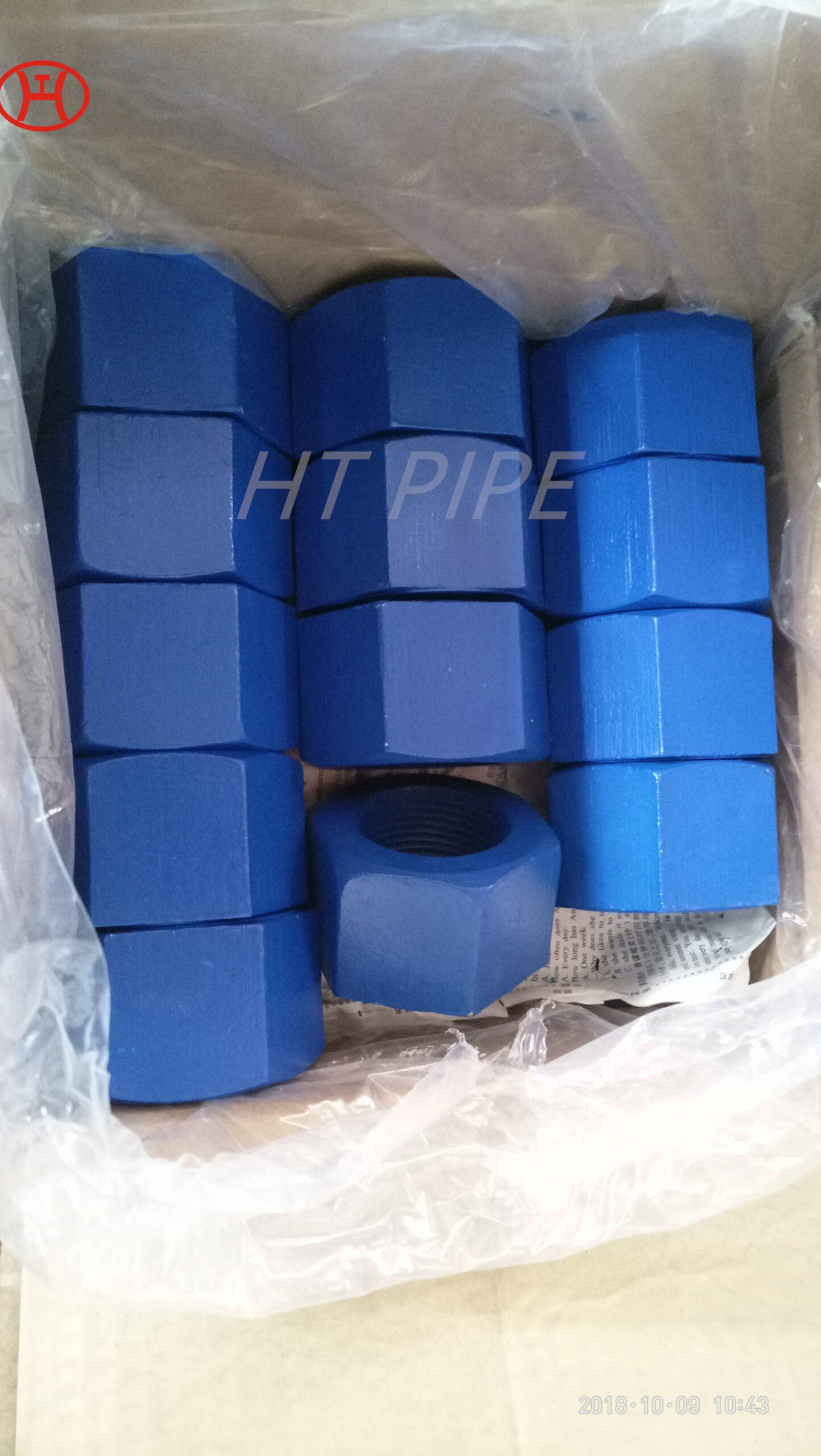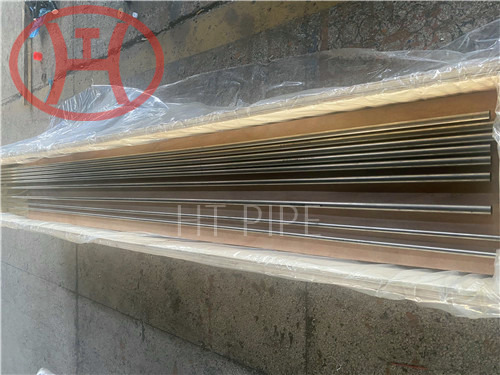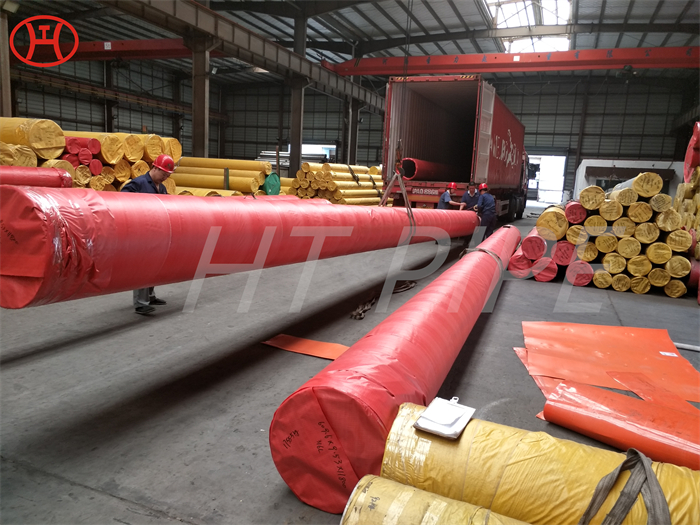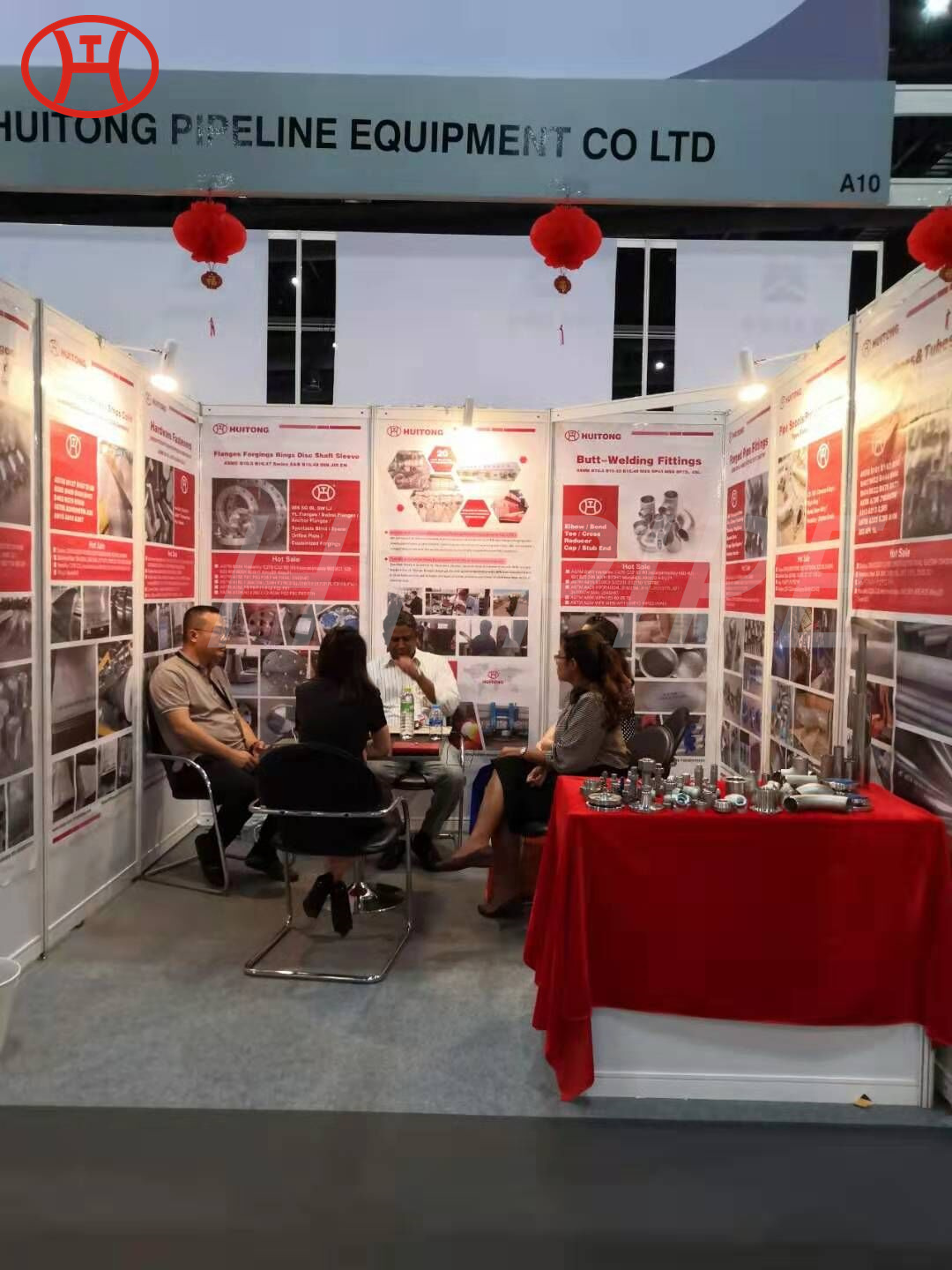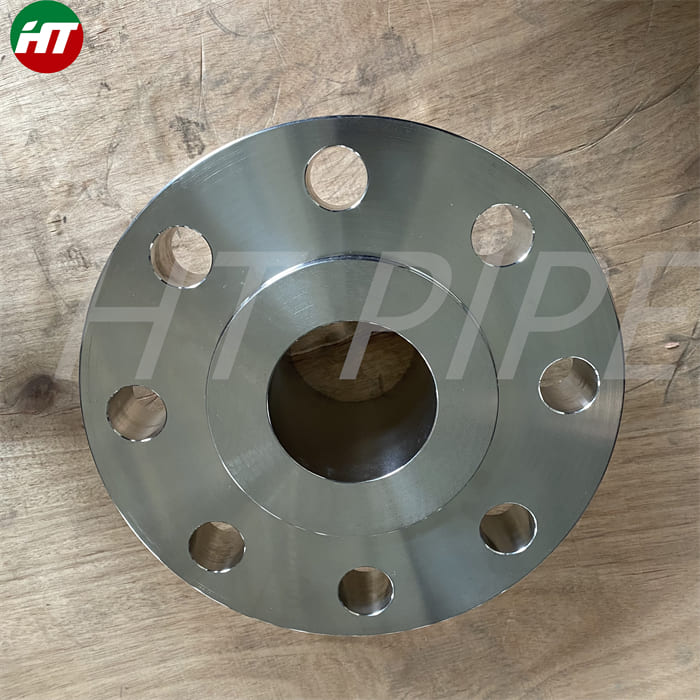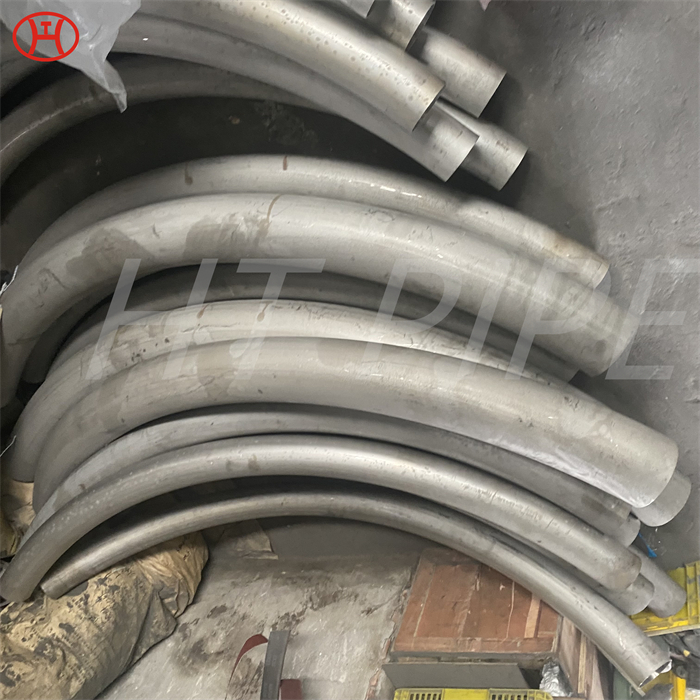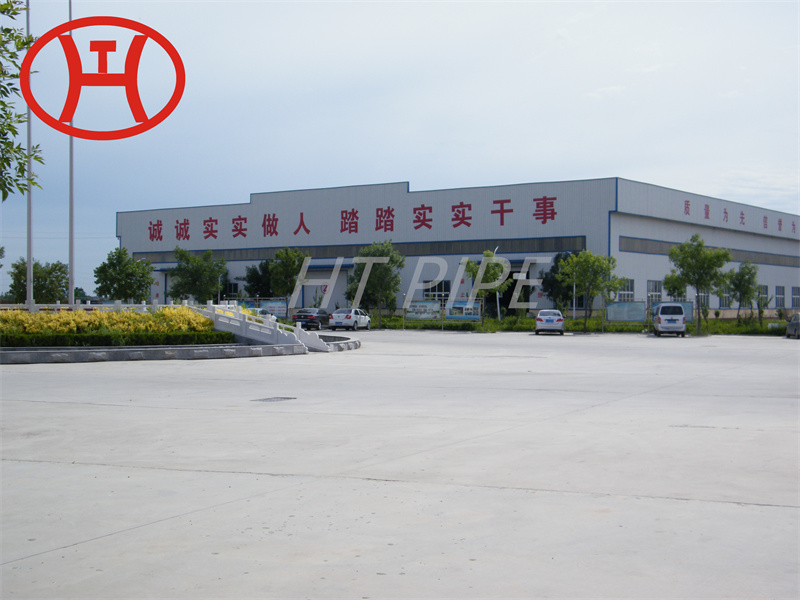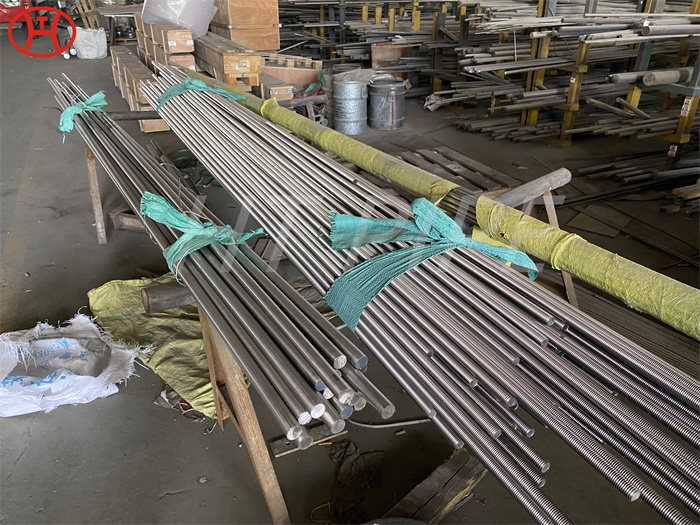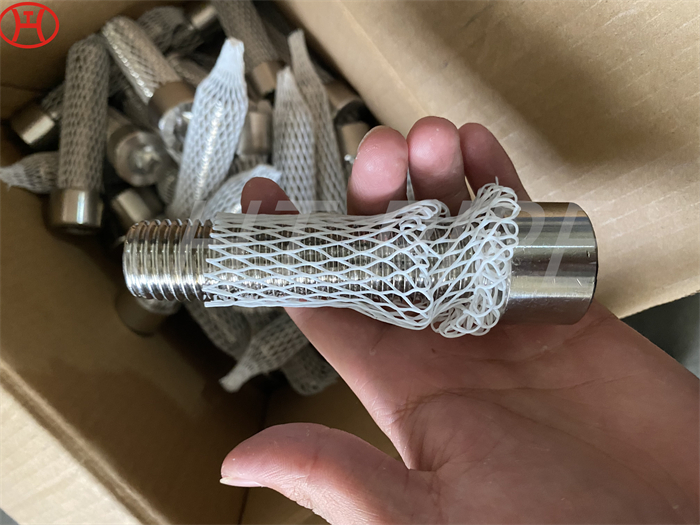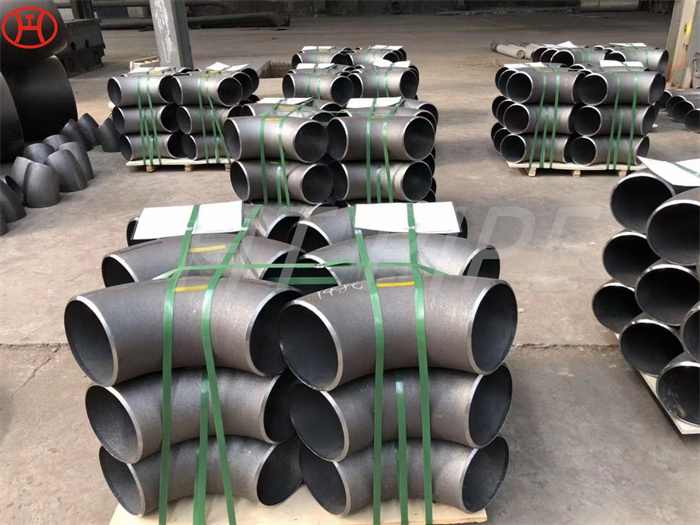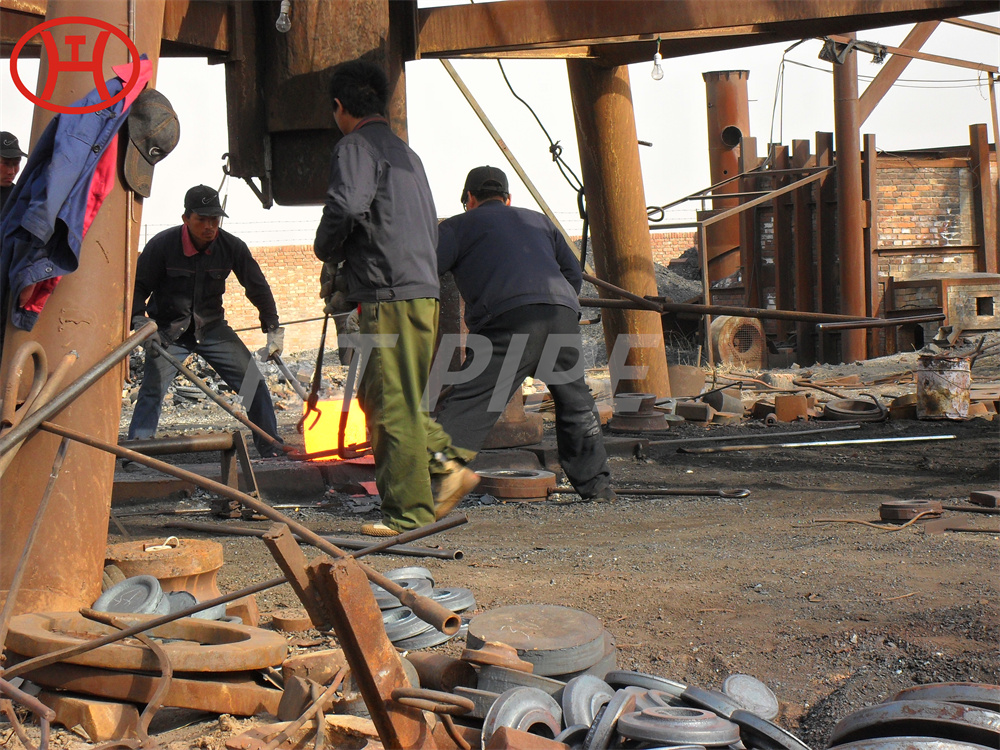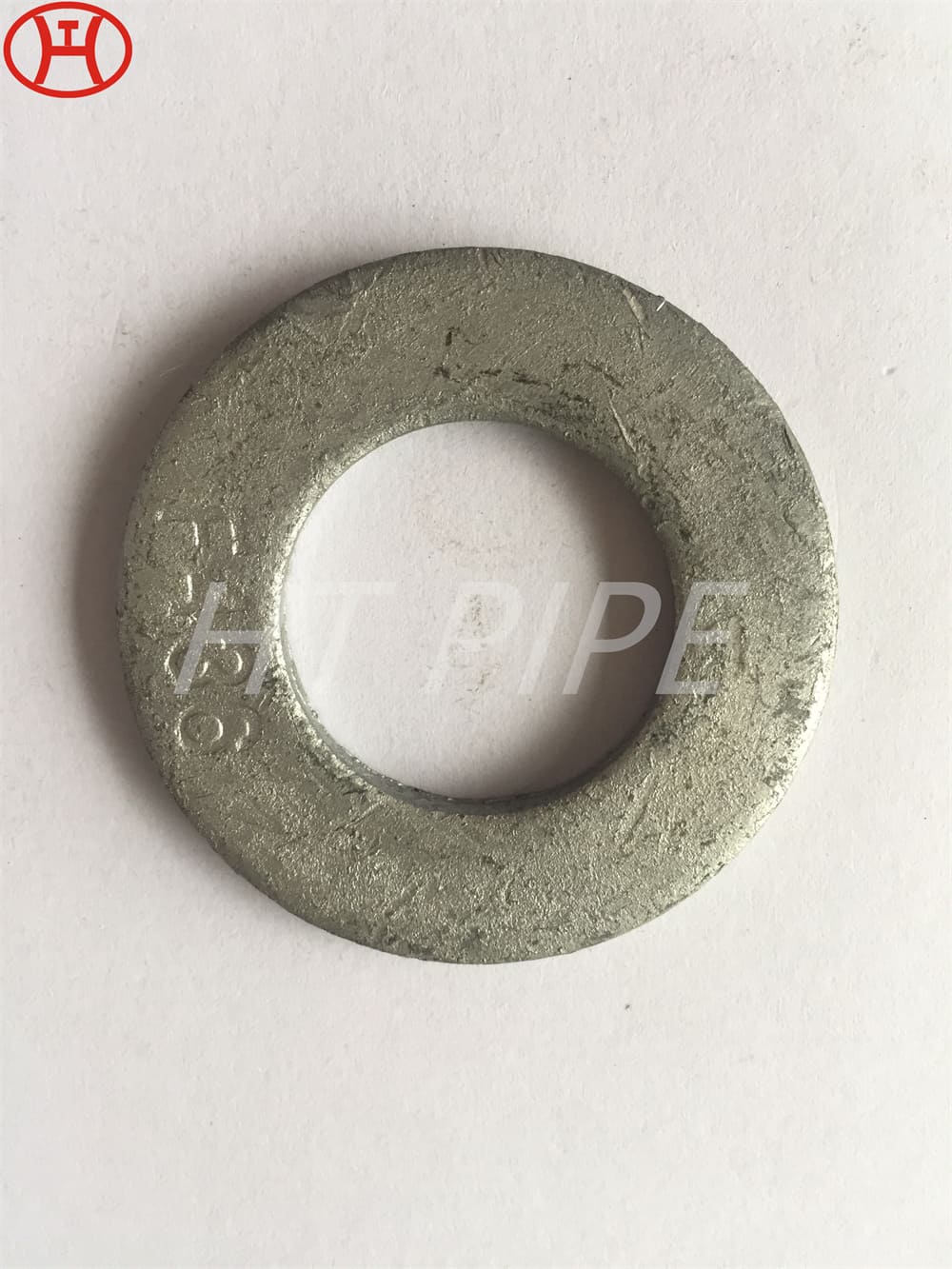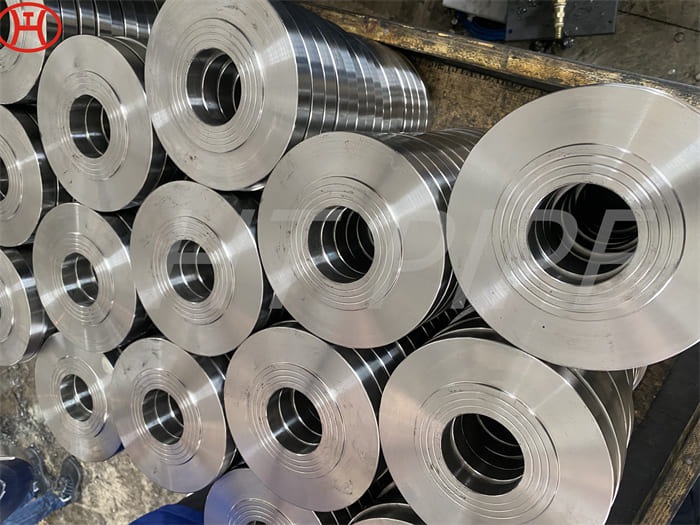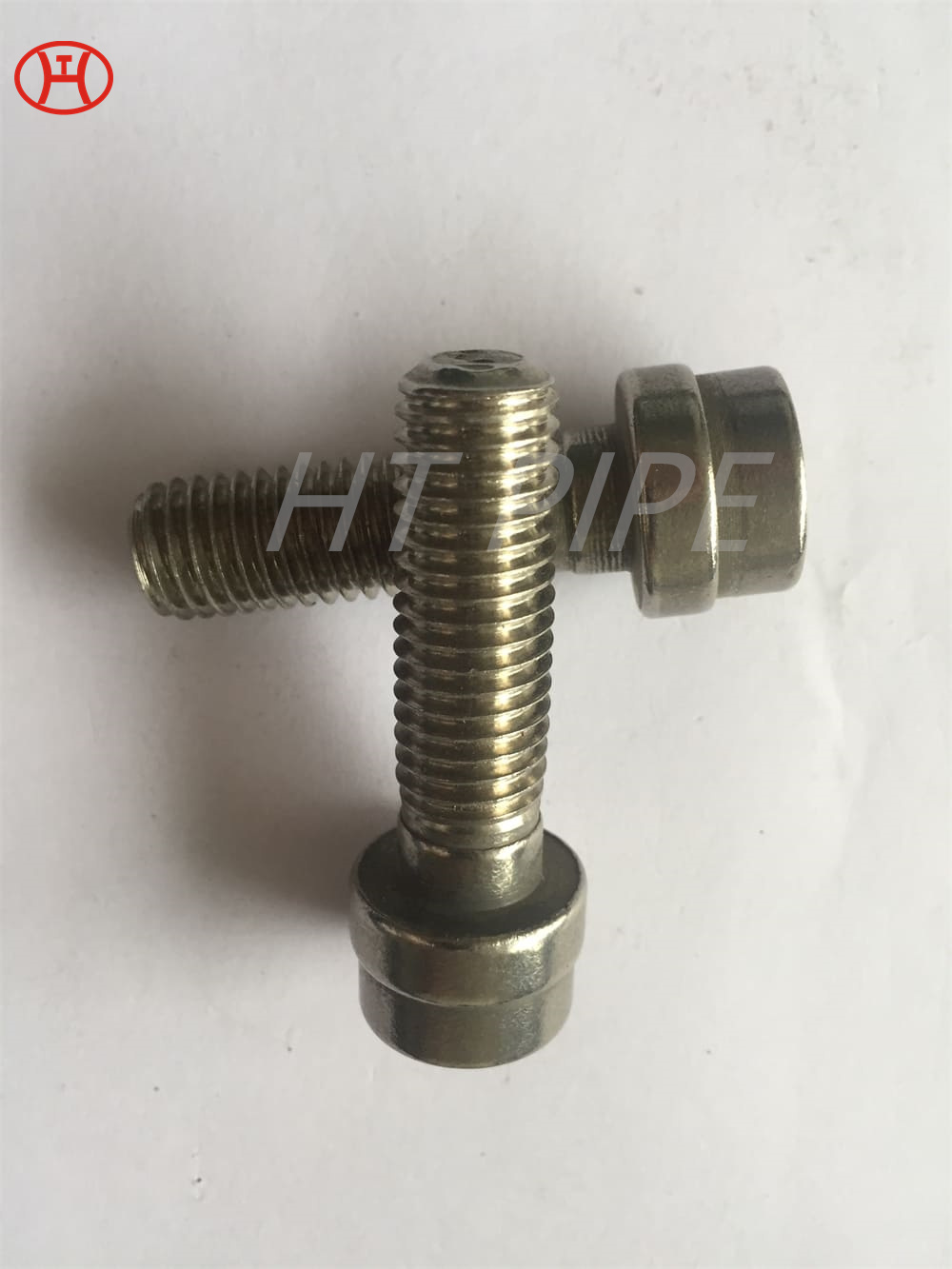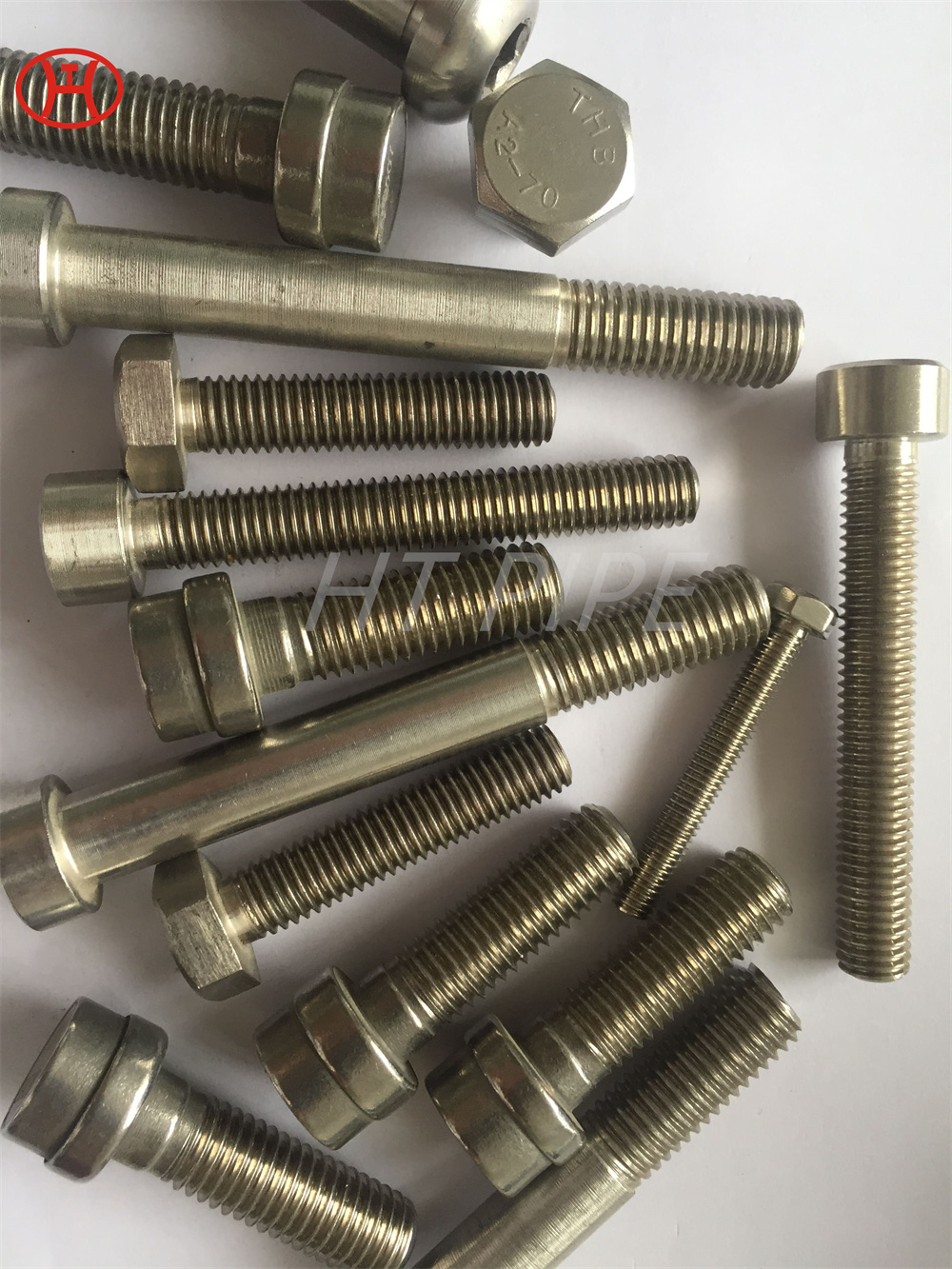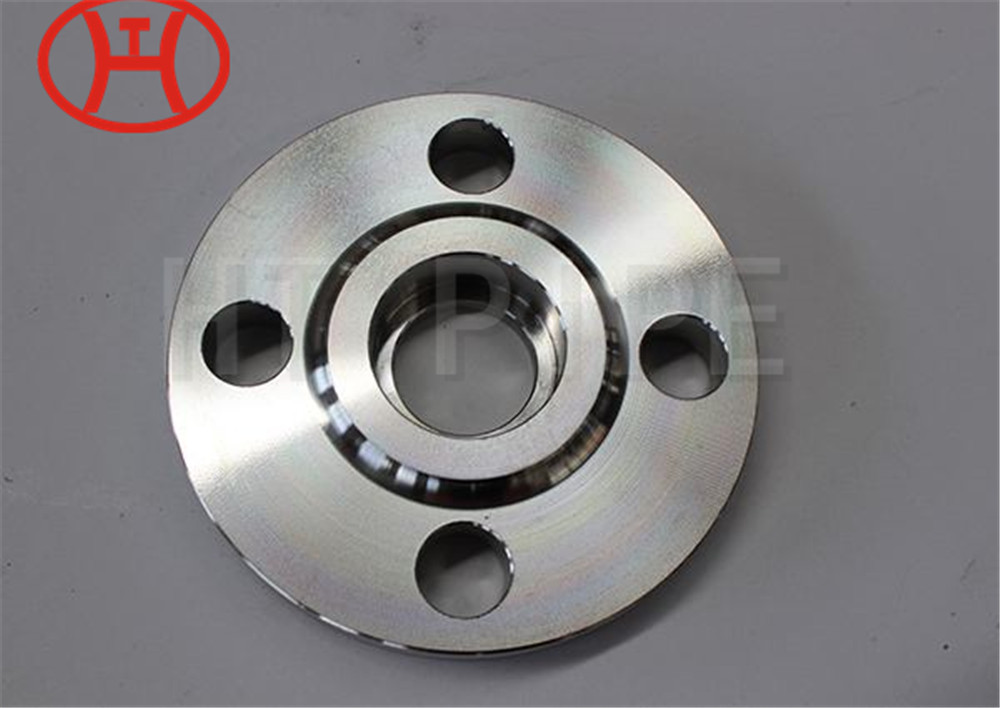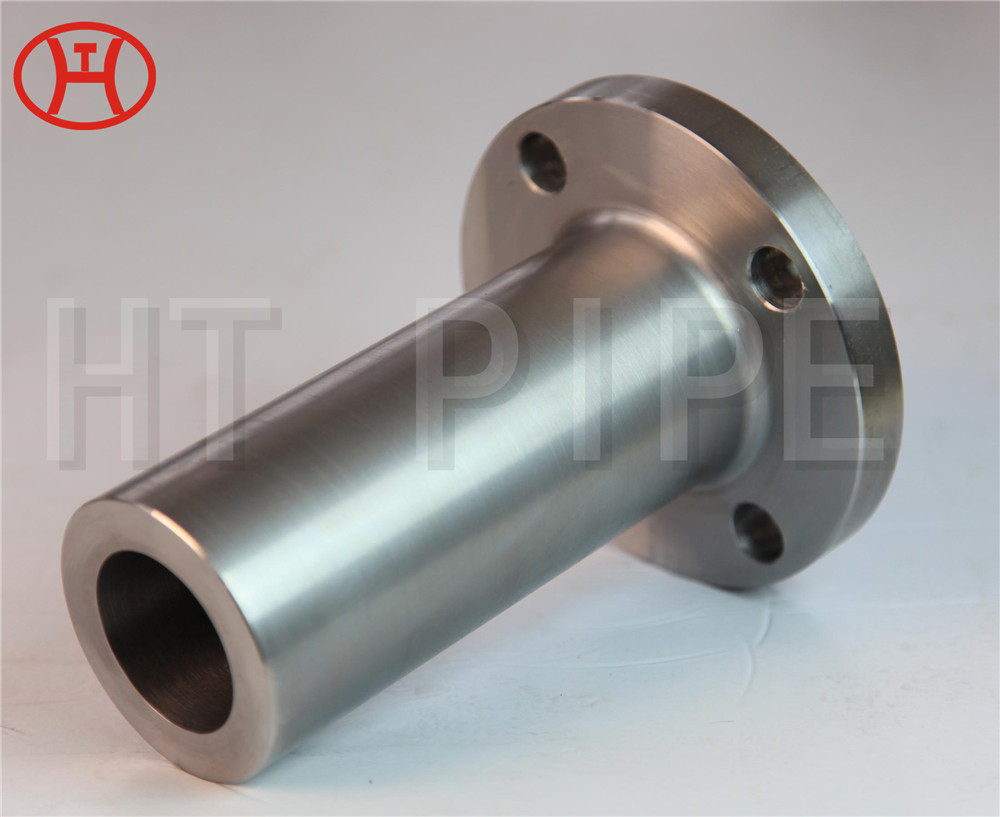0.50 in 13unc tubo y tuberia astm b574 alloy c276 uns N10276 tubo y tuberia
The low carbon content in the 2.4819 alloy C276 tube minimizes carbide precipitation. Carbide precipitation is a phenomenon that occurs during welding of various alloy grades.
Low carbon alloys such as ASTM B619 UNS N10276 2.4819 Pipe are used in a variety of applications where corrosion resistance is required in welded structures. This specified Nickel Hastelloy C276 seamless tube is also resistant to the formation of grain boundary deposits, especially in the weld heat affected zone. Hastelloy C276 pipe is made from a nickel-molybdenum-chromium alloy with excellent corrosion resistance. The material is resistant to pitting and crevice corrosion attacks. The addition of tungsten to the composition of Hastelloy C276 tube makes it one of the most versatile corrosion-resistant alloys in the world. Hastelloy C276 tube is one of the grades available in Hastelloy material. Hastelloy material is a superalloy composed of chromium, nickel and molybdenum. What makes Hastelloy stand out is the addition of tungsten. This composition gives Alloy C276 seamless pipe general corrosion resistance.

